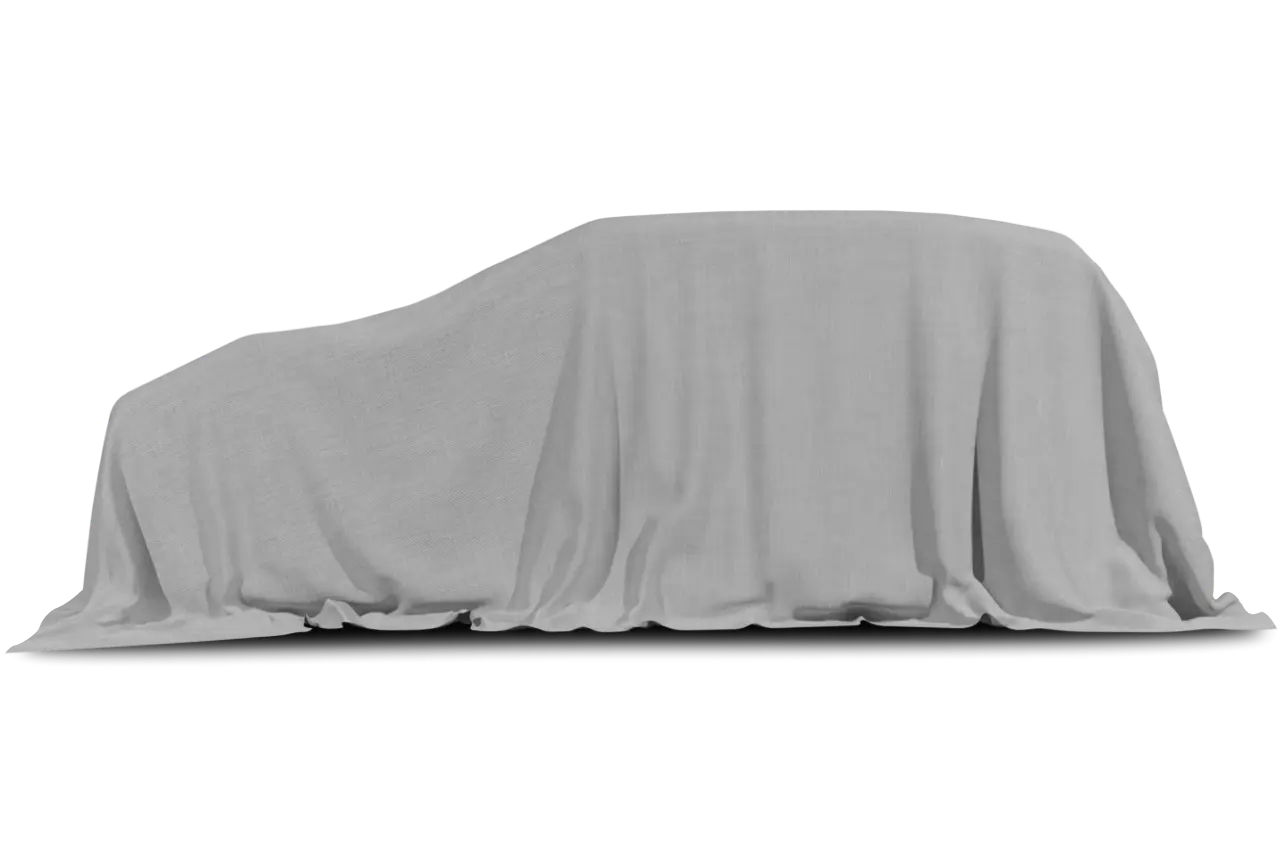
This city’s streets are treacherous in ideal weather. They are a genuine hazard in mist and rain. Water fills and conceals potholes in downpours. Mist mixes with road oils to promote skids.
A competent vehicle is needed under such conditions. It must be nimble and quick. It must remain composed when the road turns slick.
I recommend the 2002 Saturn Vue, a new entry into the growing market for small sport-utility models, in its 3-liter V-6 version.
The Vue competes against the Toyota RAV-4, the Honda CR-V, the Subaru Forester, the Subaru Outback, the Ford Escape, the Mazda Tribute, the Hyundai Santa Fe and other mini-utility vehicles. But it comes very late to that sales contest, a circumstance that augurs a distant, forgettable finish behind the pack.
But here’s betting on a different outcome. The Vue will be a winner. It will set new standards for the small sport-utility segment created by Jeep, Suzuki and Mitsubishi and made popular by Toyota, Honda and Subaru.
Early Jeep, Mitsubishi and Suzuki models, such as the Suzuki Samurai, were small trucks. They were crude and rough, designed more for the bush than the boulevard. Toyota, Honda and Subaru gentrified those models by removing most of the truck stuff and adding more features from cars and station wagons.
Now comes the Vue, which takes the truck-car compromise several steps further. It offers more utility and a wider range of engines and drive systems than many of its rivals, it offers competitive quality, and it does it all at a generally lower price.
There’s something else: The Vue seems expressly designed for city use. Like many of its small rivals, it fits neatly into tight parking spaces. But unlike them, it has composite body panels that can take the abuse attendant to parking on city streets without suffering an array of dents, dings and bruises.
The AWD V6 model I drove here in sloppy weather was especially likable. It was quick and maneuverable, and it was remarkably sure-footed under both full and light loads of cargo. This is no small thing in an environment where streets are the urban equivalents of off-road paths. Bumps and hidden potholes failed to upset the Vue.
Ruffled and ridged surfaces caused no discomfort. The Vue moved with aplomb.
Credit for that performance goes to a well-designed four-wheel independent suspension system outfitted with stabilizer bars front and rear. Credit for maintaining composure and avoiding skids on greasy, slippery streets goes to the Vue’s all-wheel-drive system, which is standard on the six-cylinder version.
It’s a simple drive system, requiring no driver intervention. Under normal conditions, drive power flows to the front wheels. When the front wheels slip, power is routed to the rear wheels until the front wheels regain traction. That system proved helpful when leaving New York via the George Washingto n Bridge, where speeders darted in and out of traffic, paying no heed to surface oil slicks or water.
The bottom line is that I really like the Vue. The problem is that my wife, Mary Anne, likes it as much as I do. She’s been making noises lately about replacing her overworked, compact Chevrolet S10 pickup truck. She now sees the Vue as a likely, immediate successor — a transition I had hoped to delay for at least a year.
But the Vue’s got Mary Anne yearning. “What did you say this thing costs?” she asked. I ignored the question.


